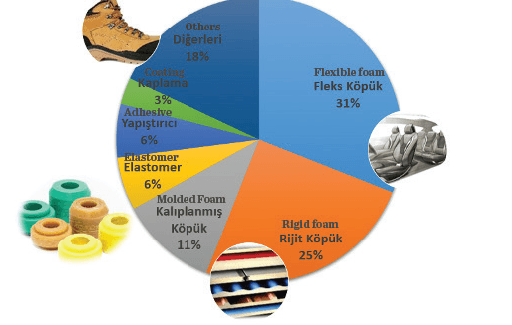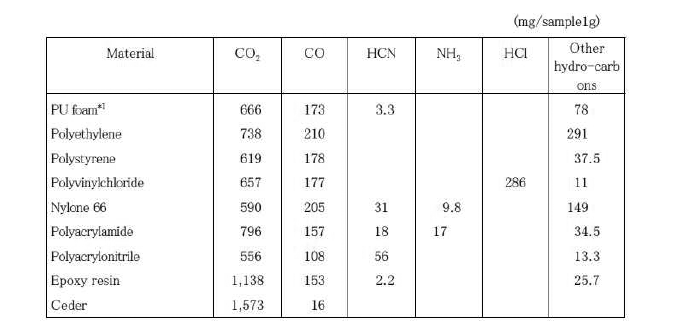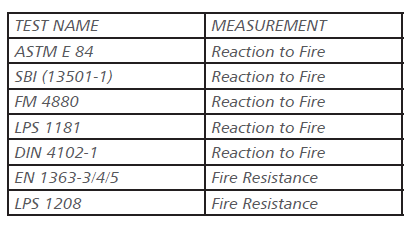Polyurethane is a polymer chain consisting of urethane groups occurring as a result of polyol and isocyanate reaction. Such kind of polymers is also classified as thermoset plastic. It is used in many fields in our daily life due to its extensive varieties and multitude of benefits from automotive to white goods, from furniture to footwear sector.
Polyisocyanurate is a molecule with an aromatic structure occurring as a result of the reaction between the isocyanates.
Global polyurethane market size was calculated as 60.5 billion $ in 2017. This figure corresponds to 9% of the entire global plastics market. 67% of the polyurethane consumption is in foam form. The overall Market size is estimated to reach 79 billion dollars in 2012. [1]
The use of Rigid PU foam in many different applications including construction and white goods sector today is as a result of the significant benefits it offers.
• High thermal insulation properties (19-24 mW/mK),
• Lightweight and easy to use, • Resistance to low and high service temperatures (-40oC, +90oC) dimensional stability,
• Adjustable fire resistance.

Aforementioned attributes make Polyurethane and/or Polyisocyanurate foams an ideal filler material for production of sandwich panels which are particularly used in construction of industrial buildings. We can make a simple classification as shown in the following table in order to compare with other filler materials. [2]

Occurrence of rigid polyurethane foam commences with the reaction between polyol and isocyanate. This reaction is an exothermic reaction. Temperature may reach to 120-140oC with the reaction. With the increased heat, the gas inside the polyol is transformed into gas phase from liquid phase and causes generation of foam upon being encapsulated in a cell.
Nearly 97% of this formed foam, by volume, consists of intracellular gases. Insulating properties of rigid polyurethane foam are derived from gases which have low thermal conductivity coefficient.
Polymer matrix which encapsulates the gases determine the physical and chemical properties of the rigid foam.
A number of side reactions occur in formation of form. In addition to Polyol and isocyanate reaction, components such as isocyanate and water, isocyanate and isocyanate react between themselves. [3]

Suitable catalysts shall be used to ensure that desired reactions are more predominant in formation of rigid foam Catalysts reduce the activation energies of the related reactions for a more dominant reaction. For instance, an expansion catalyst can be used if higher reaction between water and isocyanate is desired or gel catalyst can be used for urethane reaction.
In PIR systems the most significant catalyst is Isocyanurate or the metal catalysts which are called trimerisation catalyst since isocyanate is required to react with isocyanate. Use of suitable trimerisation catalyst at proper ratios is highly important to create high rate PIR molecule.
Improvement of fire resistance of rigid polyurethane foam can be basically realized through two simple methods. As the first method, halogenated or halogen-free flame-retardant additives can be added to the foam. Such additives will improve fire resistance of the material and reduce flame propagation and smoke emission. The second method is to improve own fire resistance of the foam with polyisocyanurate in the rigid polyurethane foam. While polyurethane material can resist to temperatures of 260°C, Polyisocyanurate can resist to temperatures up to 380°C.
In case of a possible fire, internal temperature inside a building can reach to 1000°C. PIR systems also produce emissions similar to other materials. Together with CO and CO2, certain toxic gases are emitted at the time of combustion. Details of the gases emitted by polyurethane and other certain materials at the time of fire are shown in the following table. [4]

In general, two different tests are performed in order to measure the fire performance of the structural member at the time of fire. The first one is reaction to fire and the second one is fire resistance of the material. Different standards and test methods may be employed for these tests depending on the markets.

PIR systems we develop as Kimteks Polyurethane Company for production of sandwich panels employed in the construction sector, can be used for panel production of panels on 4 or 5-component lines. Use of HC (n-pentane) as expansion agent is suggested. PIR system we develop is suitable for production of panels of various thicknesses from 40mm to 200mm. Proprietary Trimerisation catalyst package in its formulation allows obtaining maximum PIR molecule. It is suitable for convenient and stabile production during summer and winter seasons thanks to low viscosity, homogeneous mixture and pure raw materials.

Emrah Akbaş
R&D Manager
Kimteks Poliüretan Sanayi ve Tic. A.Ş.
References
[1] Nuno V. G, A.Ferreira, A.B.Timmons (2018). Polyurethane Foams: Past, Present, and Future, 2, 2-35
[2] D. SCHUTZ, J. SEO (2015). COMPOSITE INSULATED PANELS (CIPS) OR INSULATED SANDWICH PANELS, 2,2-6
[3] Dr. M. Kapps (2004). The production of rigid polyurethane foam
[4] Japan Urethane Industry Institute (2009). Q & A on Fire and Fire Prevention of Rigid
Polyurethane Foam





